A quest for identity after the Bosnian conflict
Clocks, keys, combs, glasses – items carried by victims of genocide in Bosnia on their final journey. Sarajevo-born photographer Ziyah Gafic explains the significance of these artefacts.
During the Bosnian conflict, which lasted from March 1992 to December 1995, some 30,000 citizens went missing.
“Most of them were killed either in the early days of the war or towards the end of the hostilities, when UN safe zones like Srebrenica fell into the hands of the Serb Army. As part of the process of identifying those who disappeared, personal belongings found with the victims’ remains have been collected by the International Commission on Missing Persons, which was established by US President Bill Clinton in 1996 and by the Bosnian government’s Institute for Missing Persons.
The main goal of the Commission is to identify those lost in the killings, the first act of genocide on European soil since the Holocaust. Not a single body should remain undiscovered and/or unidentified. I decided to photograph every single item exhumed from the mass graves in order to create a visual archive that survivors could easily browse. Once recovered, these items, carried by the victims on their way to execution, are carefully cleaned, catalogued, and stored in several locations around the country. Thousands of artefacts are packed in clearly labelled white plastic bags.
In addition to the objects’ use as a means of identifying victims, the items also are used as forensic evidence in the ongoing war crimes trials stemming from the conflict. Survivors of the massacres are occasionally called to try to identify these personal items, but physical browsing is extremely slow and difficult, an ineffective and painful process. The fact that some of the victims carried personal items such as toothpaste and a toothbrush is a clear sign they had no idea what was about to happen to them. Usually, in an effort to forestall resistance, victims were told that they were going to be exchanged for Serb prisoners of war. Once all the missing persons are identified, only their graves and these everyday items will remain.
In all their simplicity, these objects are the last testament to the identity of the victims, the last permanent reminder that these people ever existed.”
(All images Ziyah Gafic)




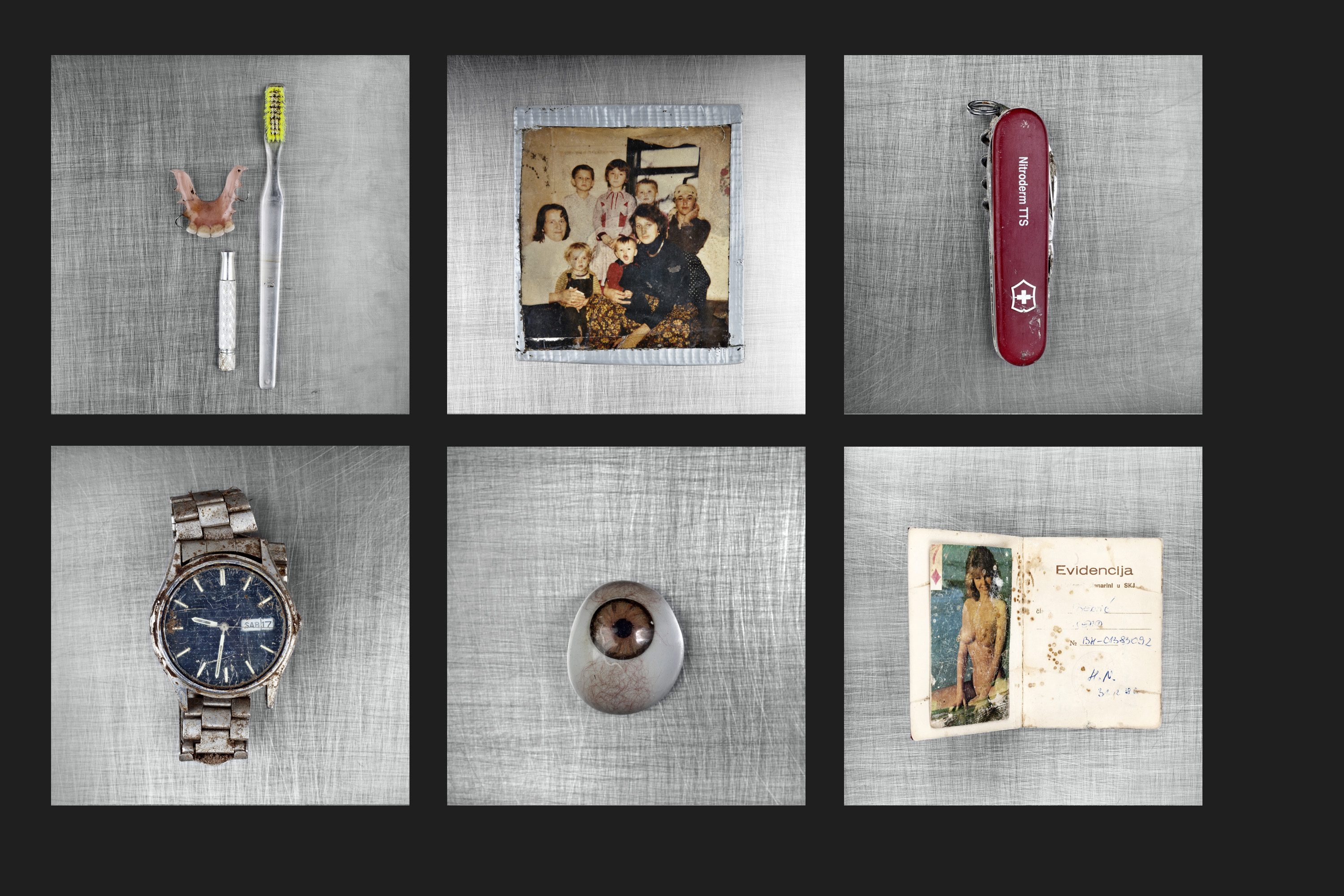


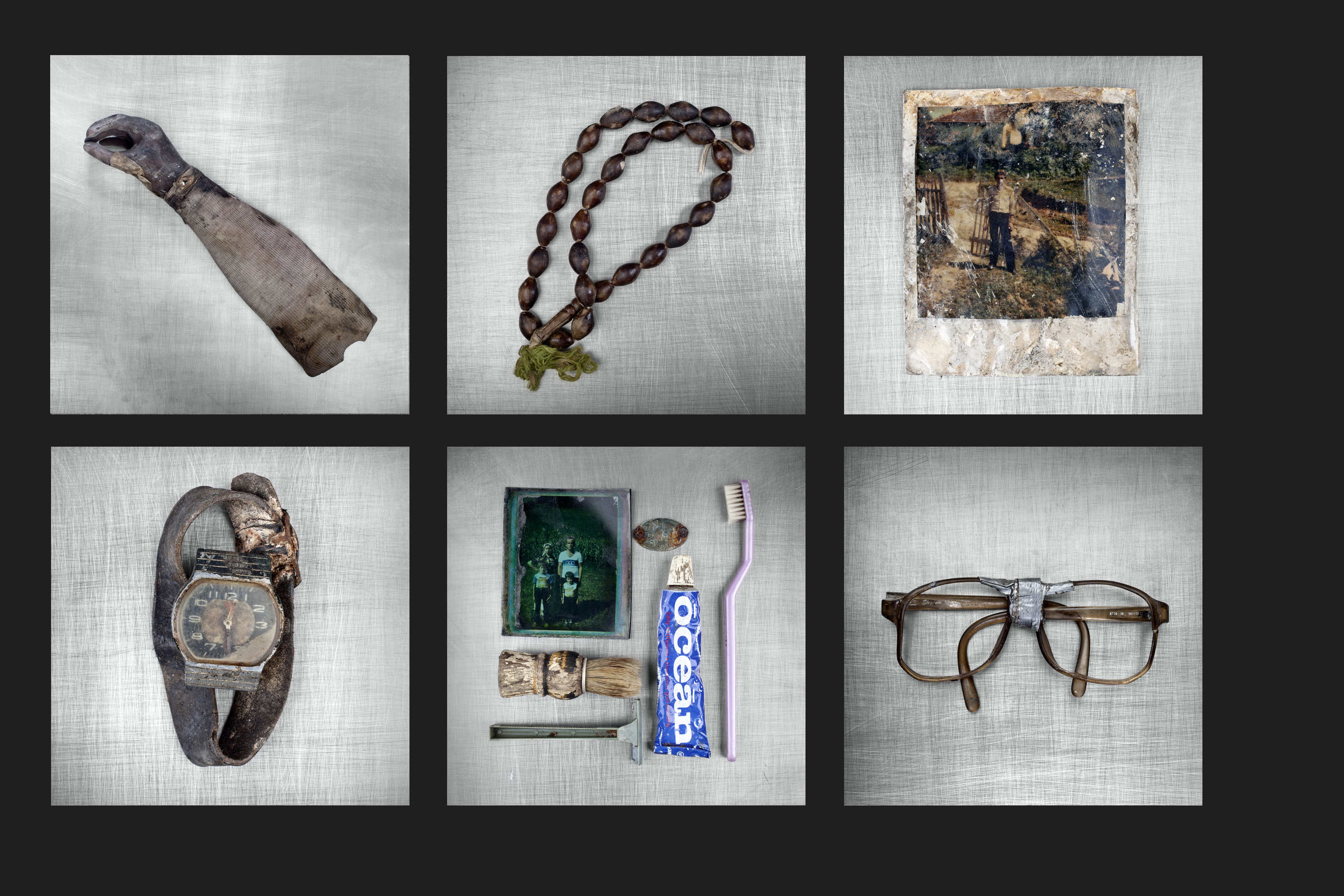

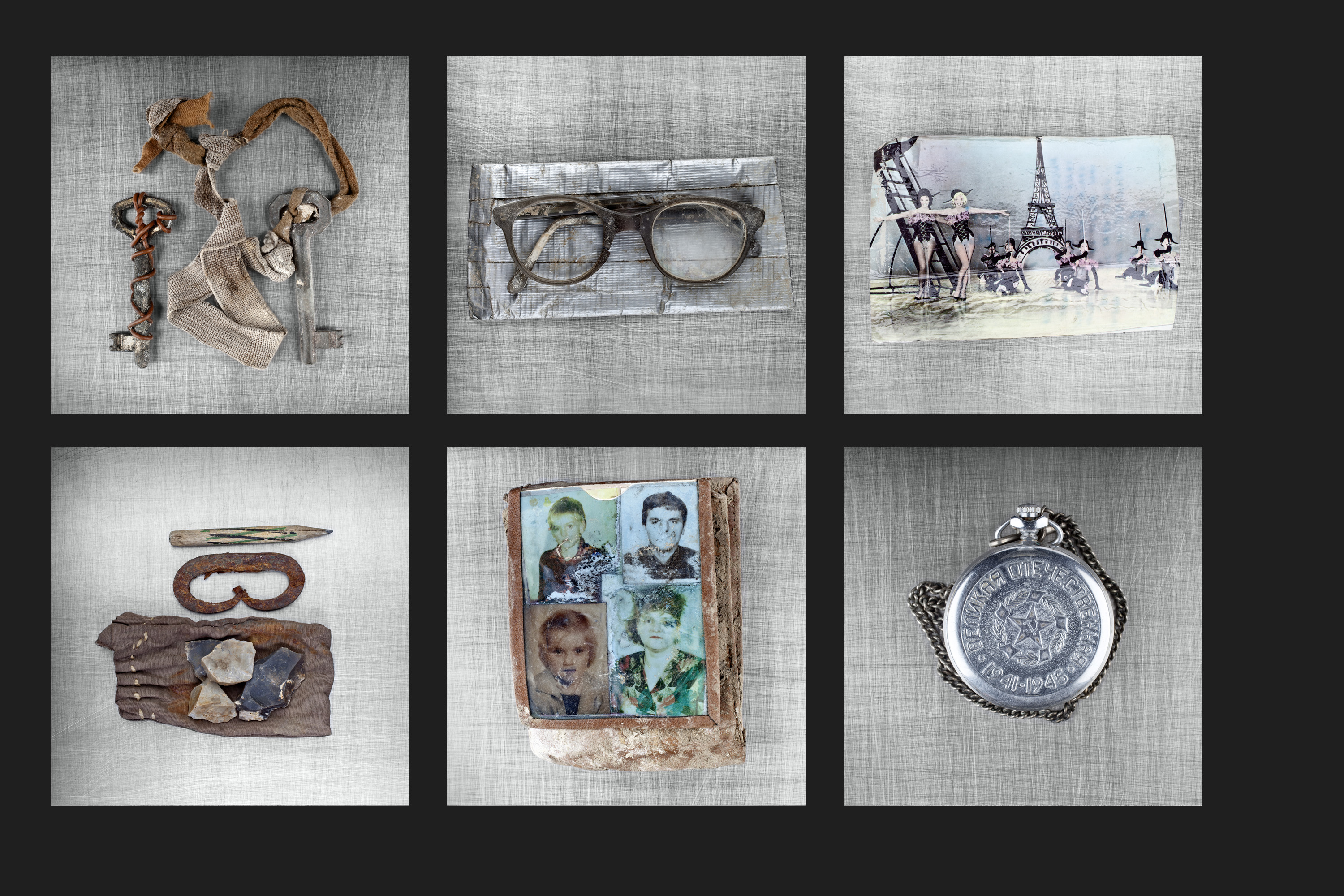

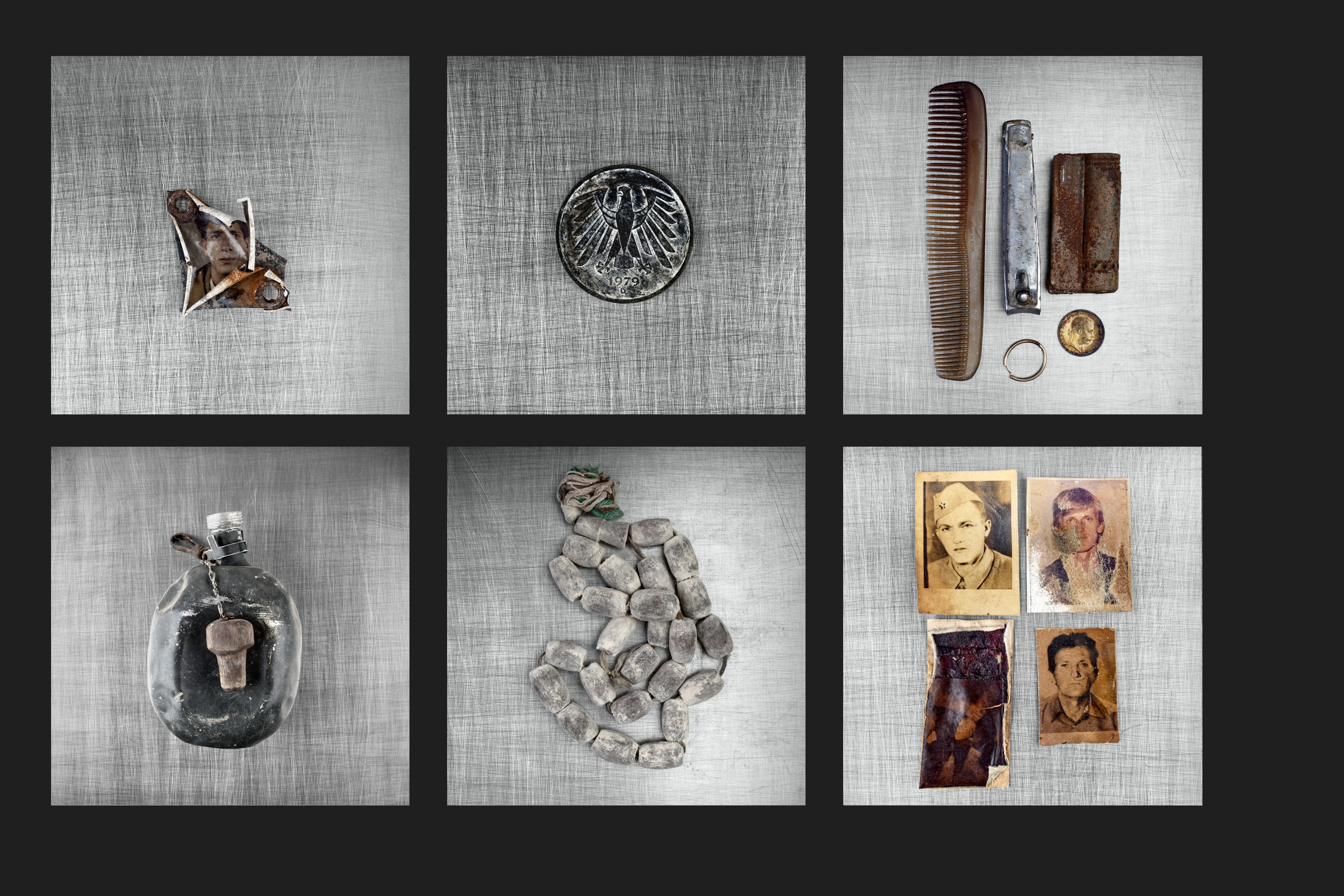
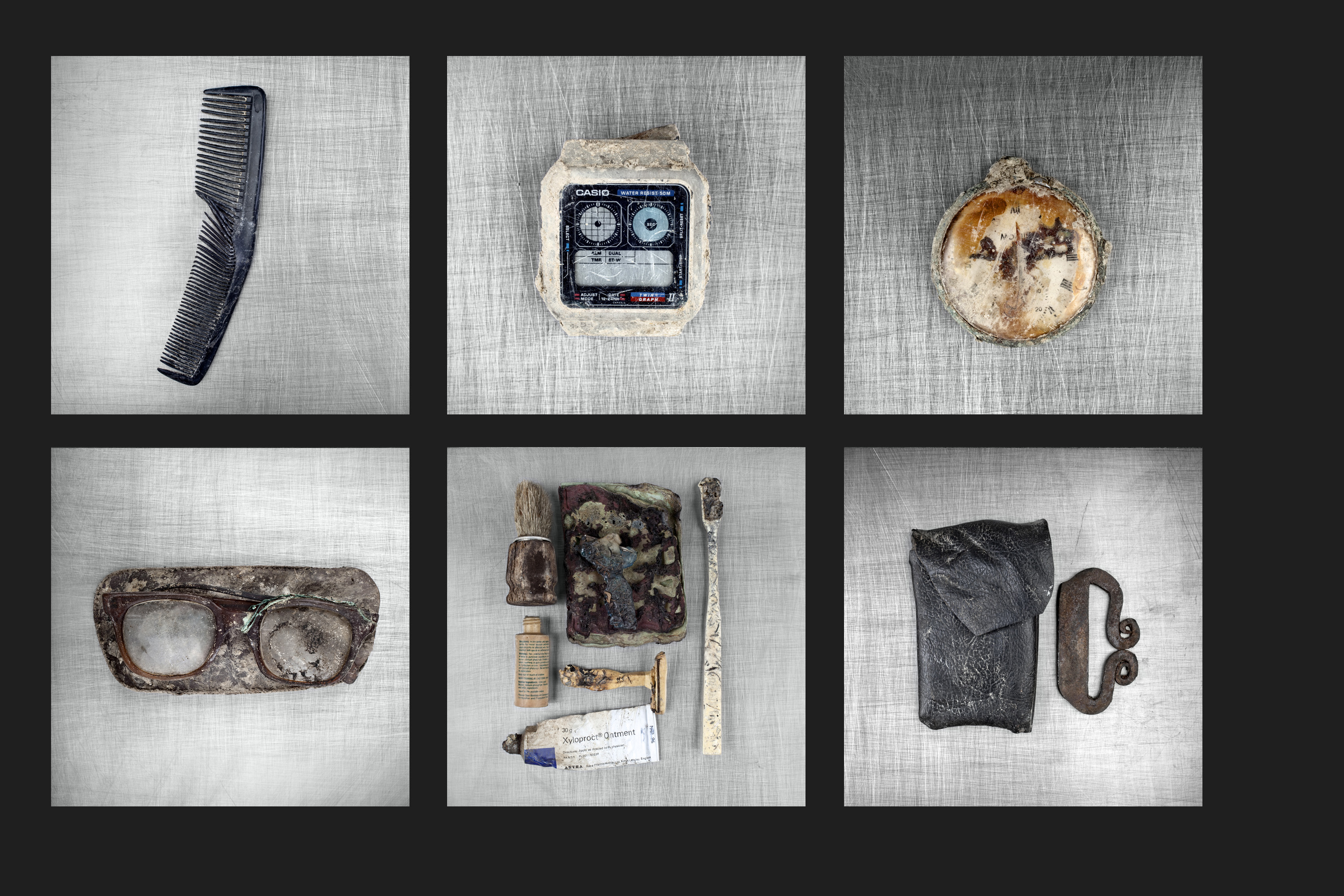


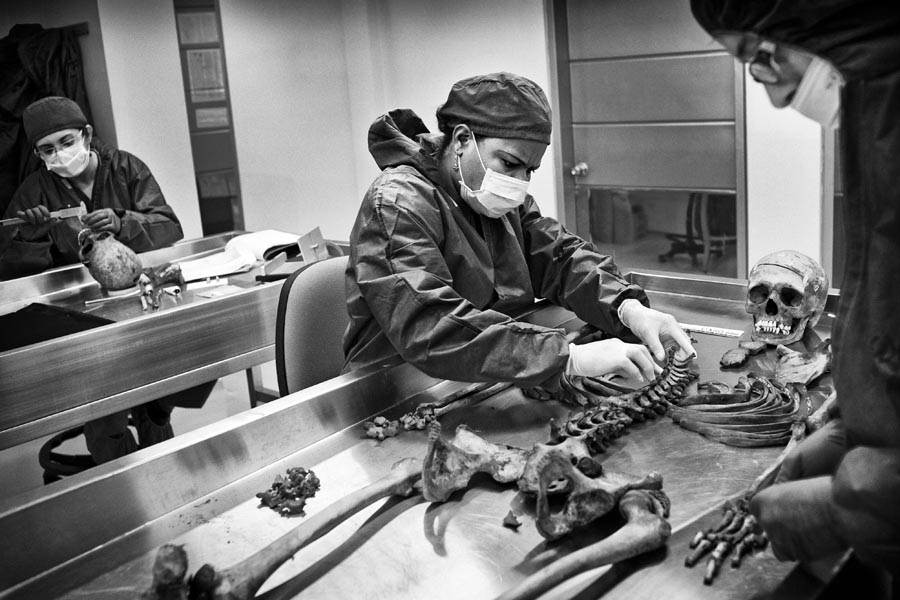

You can find an overview of ongoing debates with our journalists here . Please join us!
If you want to start a conversation about a topic raised in this article or want to report factual errors, email us at english@swissinfo.ch.